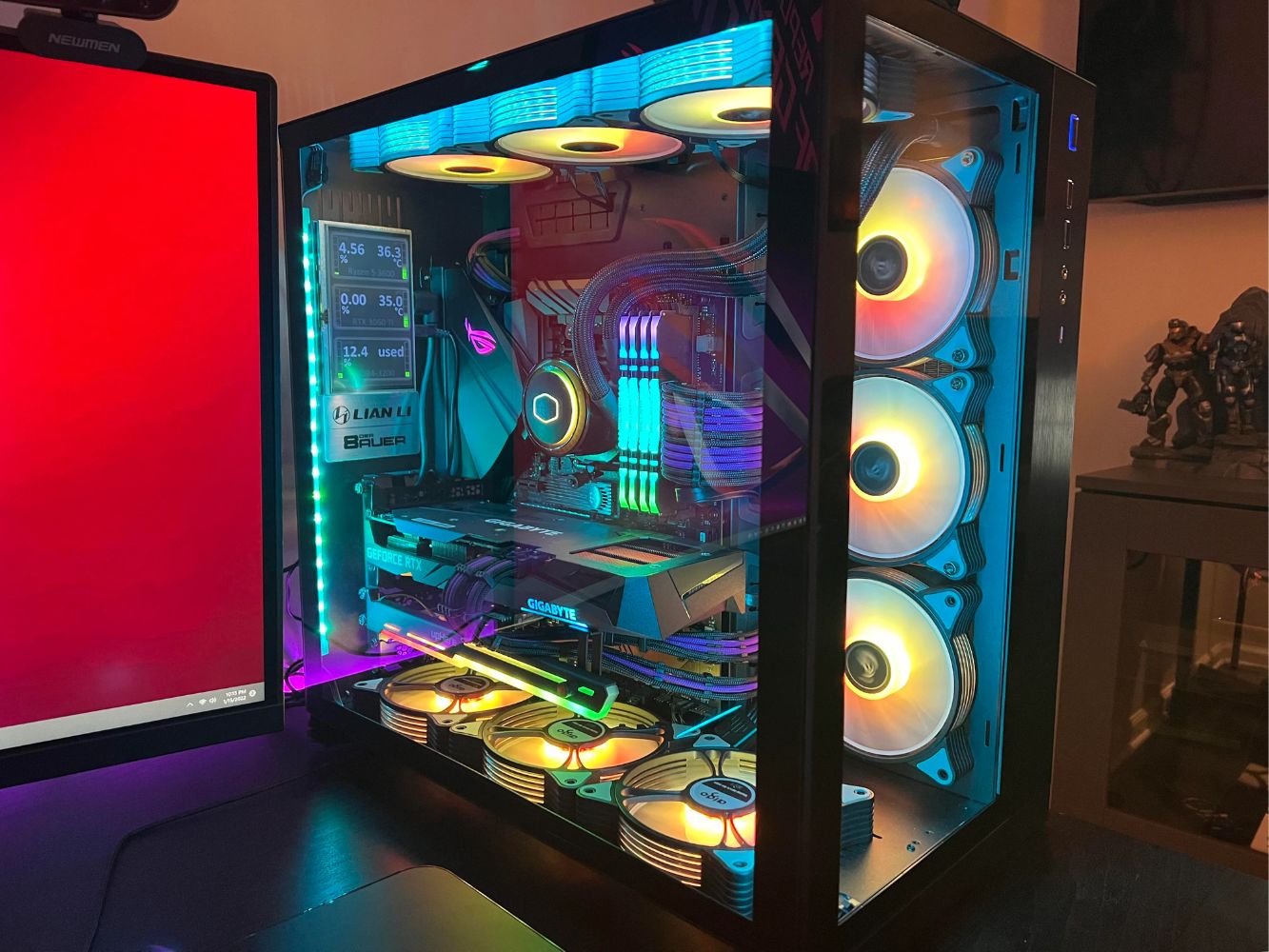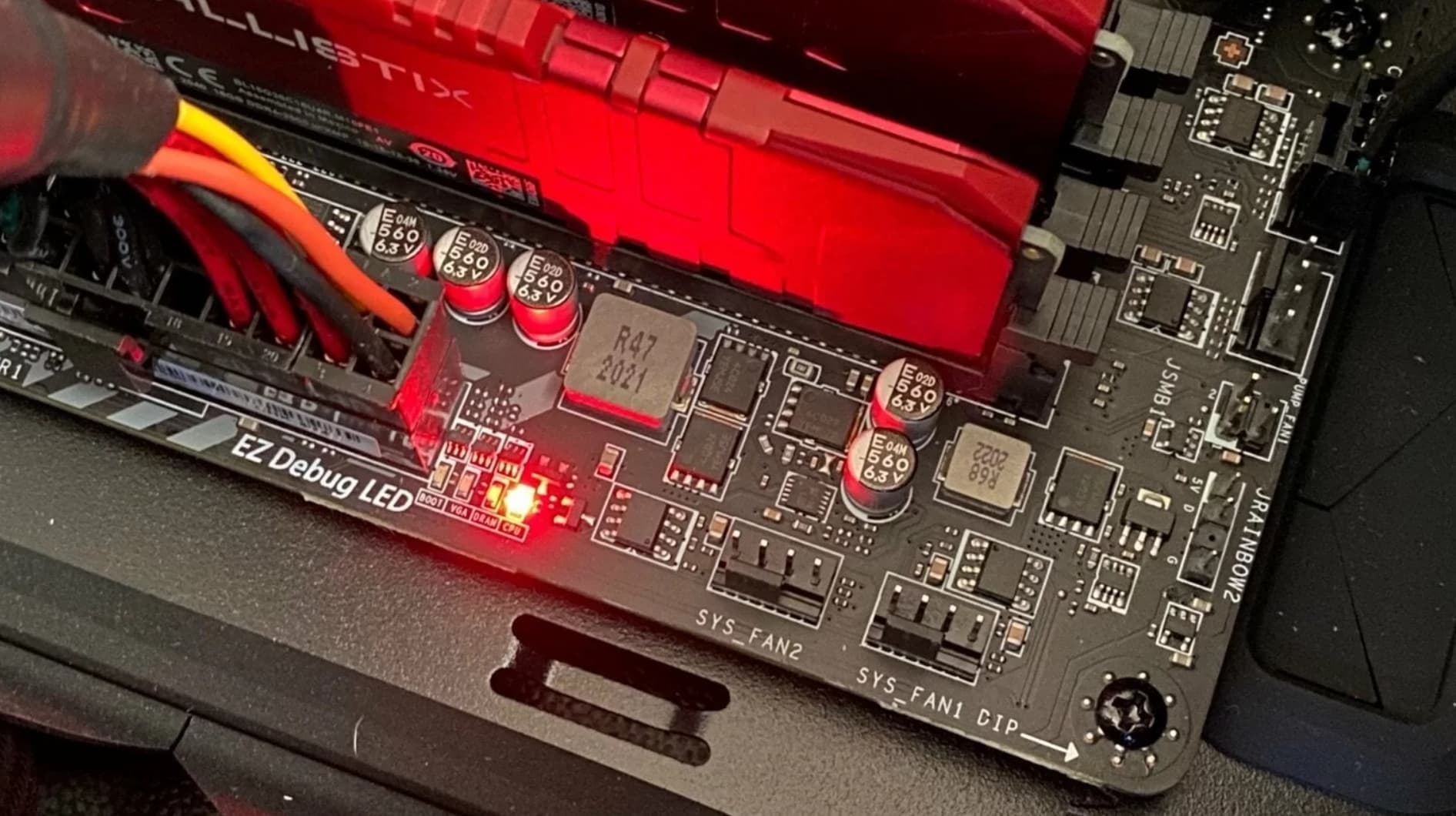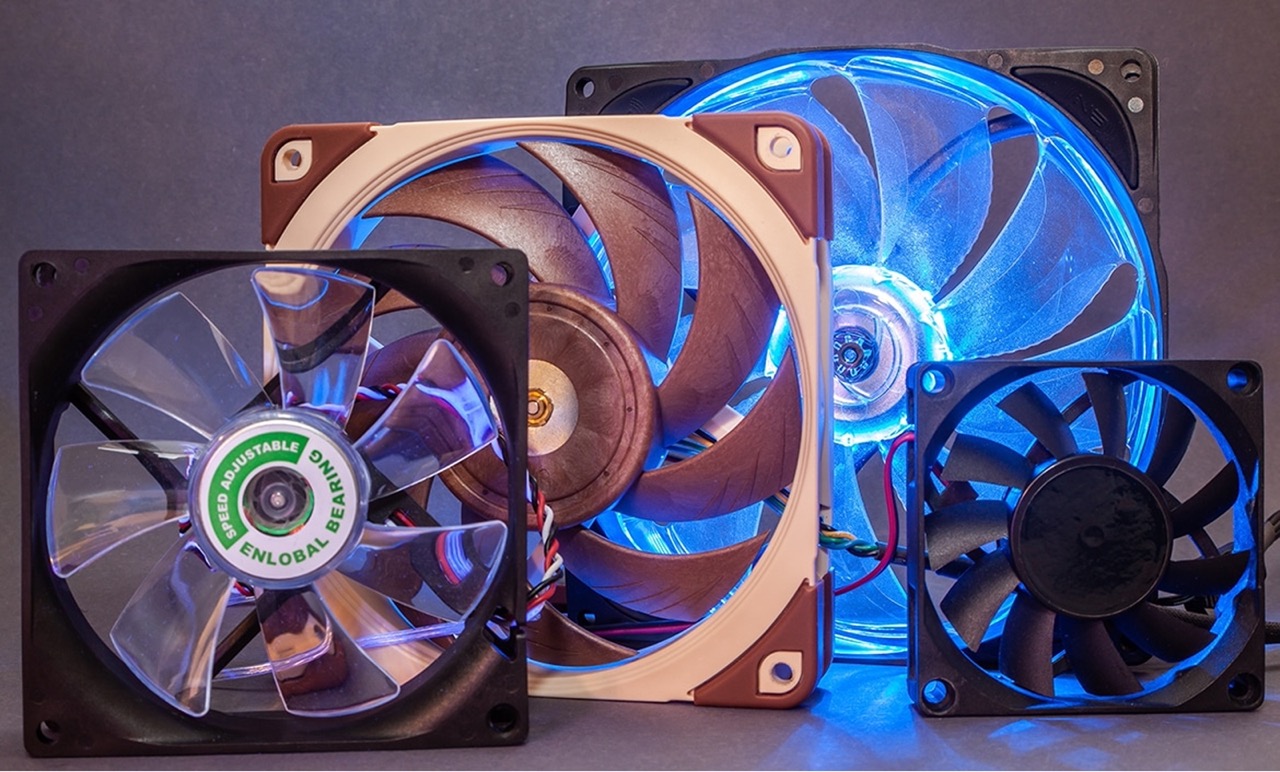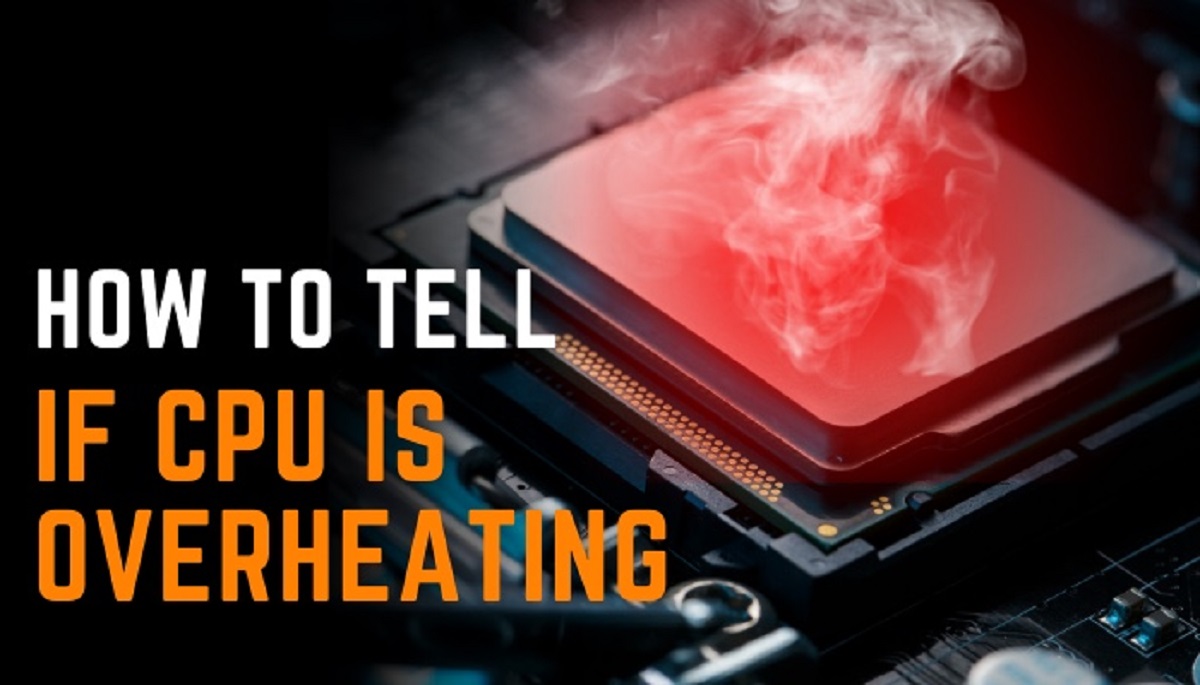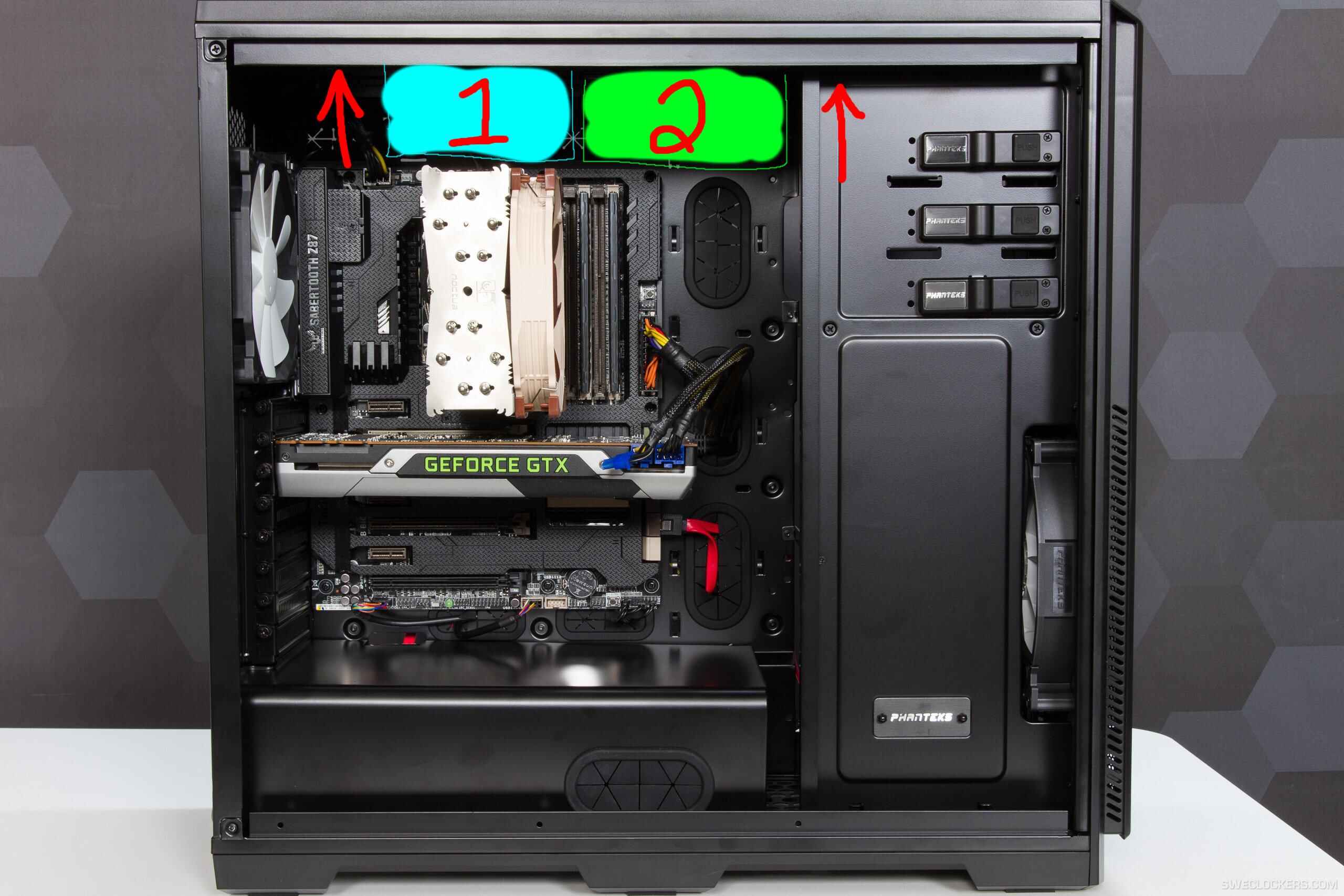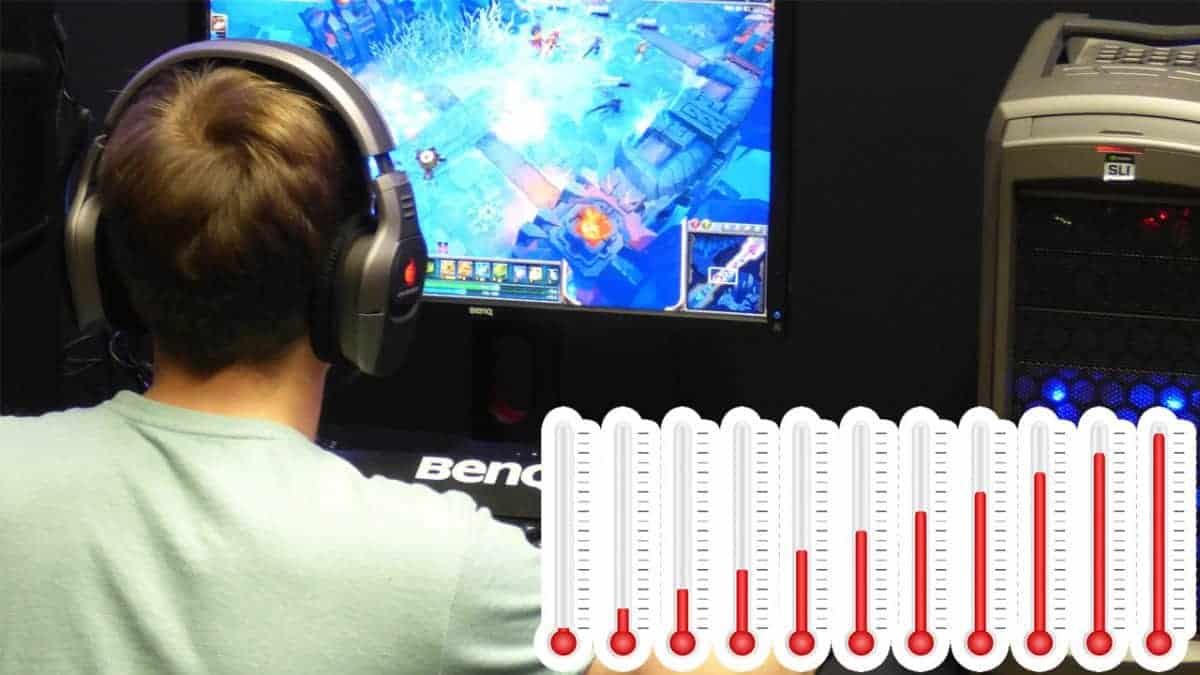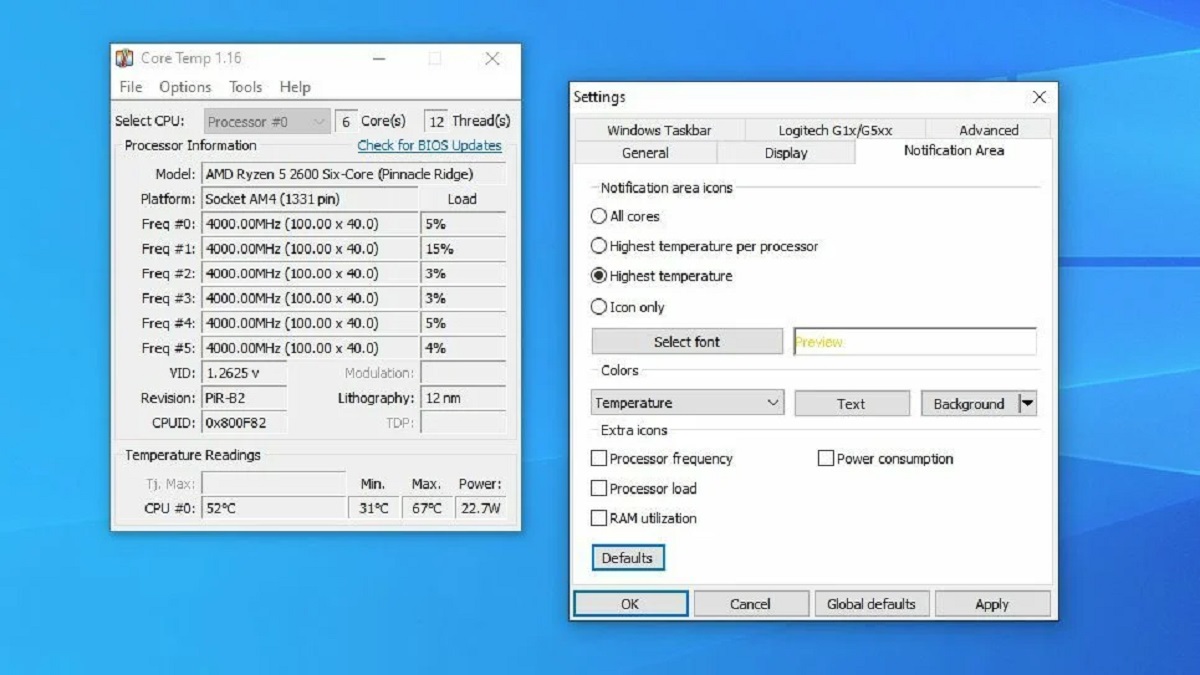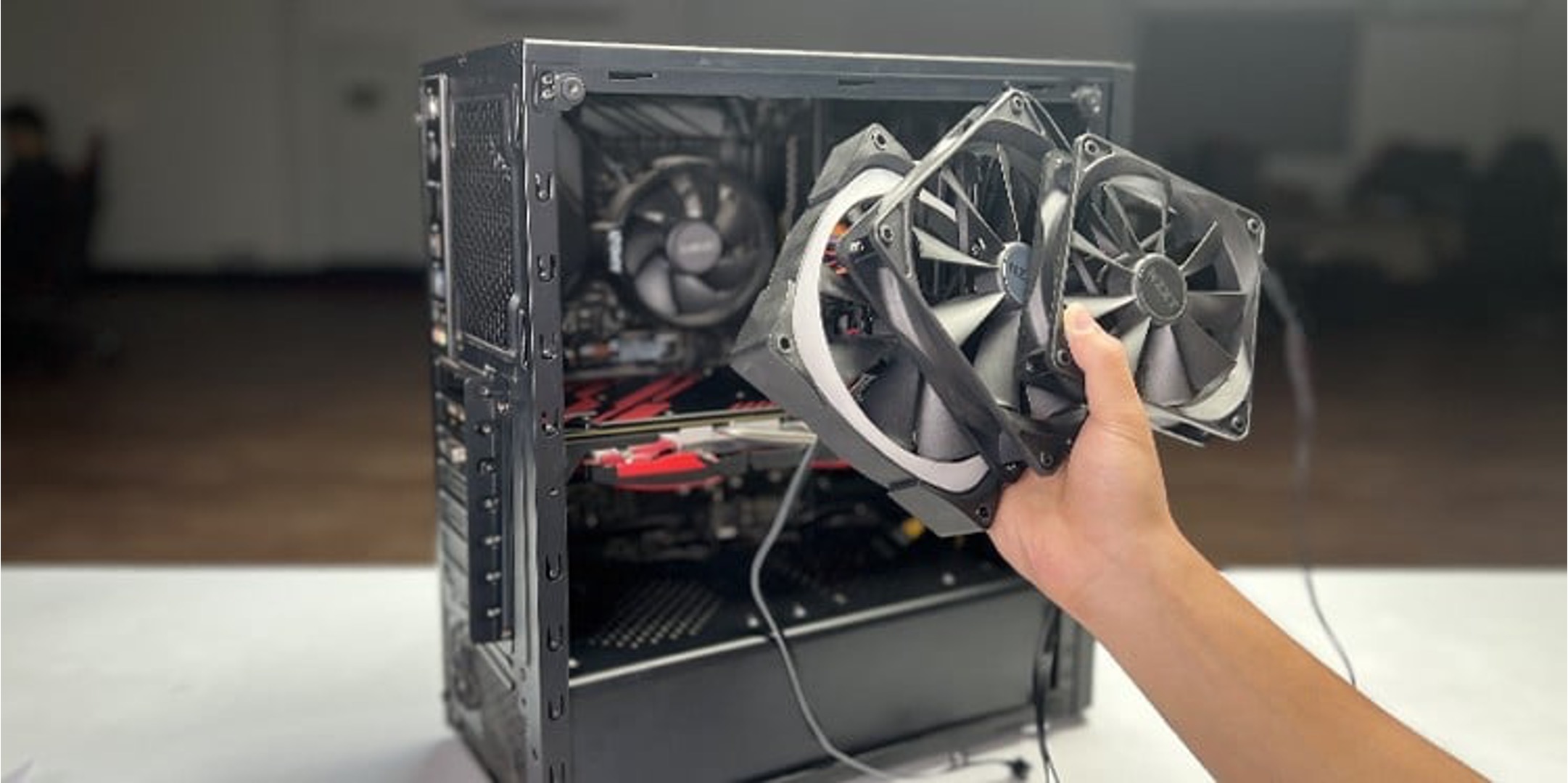Understanding PC Temperature
One of the key factors that determine the performance and longevity of your PC is its temperature. When components inside your computer case become too hot, it can lead to decreased performance, system instability, and even hardware damage. Therefore, it is crucial to have a good understanding of PC temperature and how it affects your system.
A computer generates heat as its components work and perform various tasks. The Central Processing Unit (CPU), graphics card, and other hardware components produce heat as they process data. The temperature inside your PC case is influenced by factors such as the ambient temperature of the room, the efficiency of the cooling system, and the workload of the components.
Monitoring the temperature of your PC is essential to ensure that it stays within safe operating limits. By using specialized monitoring software, you can track the temperature of your CPU, GPU, and other components in real-time. This software provides valuable insights into how your system performs under different workloads and helps you identify potential overheating issues.
It’s important to note that different components have different temperature thresholds. For example, CPUs typically operate within a temperature range of 30-60 degrees Celsius, while graphics cards may tolerate higher temperatures. Keeping the temperature within the specified limits is crucial to prevent thermal throttling or component failure.
Understanding the basic components and airflow within your PC case is vital for temperature management. A typical desktop PC consists of the CPU, GPU, RAM modules, hard drives, and cooling fans. Proper placement and arrangement of these components can significantly impact the airflow and, in turn, the temperature.
Airflow within your PC case is crucial for maintaining an optimal temperature. Cool air is drawn in through intake fans, which then circulate over the components to dissipate the heat. Hot air is exhausted through the rear or top-mounted exhaust fans. Ensuring proper airflow with the help of strategically placed fans and clear pathways for air circulation is essential for temperature control.
In the next section, we will explore the common causes of high temperatures in a PC and how you can identify temperature hotspots within your system.
Monitoring Software
To effectively manage the temperature of your PC, you need reliable monitoring software that can provide real-time temperature readings and system performance data. There are several popular monitoring software options available, each with its own unique features and capabilities.
One popular monitoring software is HWMonitor, a lightweight and user-friendly tool that allows you to monitor various aspects of your PC’s hardware, including temperature, voltage, and fan speed. It provides accurate temperature readings for your CPU, GPU, and other components, helping you keep an eye on their performance and temperature thresholds.
Another widely used software is Open Hardware Monitor. This open-source tool offers similar functionalities to HWMonitor, allowing you to monitor temperatures, voltages, fan speeds, and more. It also provides a customizable interface, enabling you to choose the data you want to display on the monitoring dashboard.
For gamers and enthusiasts, MSI Afterburner is a popular choice. While primarily designed for overclocking graphics cards, it also provides detailed monitoring capabilities, including temperature monitoring, usage statistics, and customizable graphs. It allows you to monitor and fine-tune your GPU’s performance while keeping an eye on its temperature.
In addition to standalone monitoring software, many motherboard manufacturers offer their own monitoring utilities. These utilities are often bundled with their motherboards’ drivers and software packages, allowing you to monitor and control various aspects of your system, including temperature, fan speeds, and voltage. Examples include ASUS AI Suite, Gigabyte EasyTune, and MSI Command Center.
When choosing monitoring software, it’s important to consider compatibility with your hardware and the level of detail and customization it offers. Look for software that supports your specific CPU and GPU models to ensure accurate temperature readings. Additionally, consider software with intuitive interfaces and features that fit your monitoring and control needs.
Having monitoring software installed on your PC helps you stay informed about the temperature and performance of your system. By regularly checking temperature readings, you can identify potential overheating issues and take necessary steps to mitigate them, such as adjusting fan speeds, optimizing air circulation, or reapplying thermal paste.
Next, we will delve into the basic components and airflow within your PC case to understand how they contribute to temperature management.
Basic Components and Airflow
Understanding the basic components and airflow within your PC case is essential for managing temperature effectively. By optimizing the placement of components and ensuring proper airflow, you can maintain a cooler and more efficient system.
A typical desktop PC consists of various components, including the CPU, GPU, RAM modules, hard drives, and cooling fans. Each component produces heat while in operation, and it is crucial to create a balanced and efficient airflow system to dissipate this heat effectively.
The CPU and GPU are typically the primary heat-generating components. The CPU, located on the motherboard, is often covered by a heat sink with a fan attached. This setup helps to draw heat away from the CPU and cool it down. Similarly, the GPU, located on the graphics card, features a dedicated cooling system with fans or heat pipes to keep temperatures within safe ranges.
Proper placement of these components can significantly impact airflow and temperature management. In most cases, it is recommended to position the CPU and GPU closer to the intake fans to ensure a direct flow of cool air. This arrangement allows the components to receive fresh, cool air and expel the hot air efficiently.
RAM modules and hard drives also contribute to heat generation, although to a lesser extent. However, it is still important to provide adequate airflow around these components to prevent heat buildup. Placing RAM modules in slots with some space in between and using storage solutions that allow for ample air circulation can help maintain lower temperatures.
Cooling fans play a crucial role in maintaining proper airflow within the PC case. Intake fans draw in cool air from the surroundings and direct it towards the components. These fans are usually positioned at the front or side of the case. Exhaust fans, on the other hand, expel the hot air generated by the components and are typically located at the rear or top of the case.
Strategic placement of fans is vital for creating an efficient airflow system. The number and size of fans will depend on the specific components and case design. Additional fans can be added, if necessary, to ensure optimal airflow. It is also important to keep the fans clean and free from dust buildup, as this can impede their performance and reduce airflow.
Creating clear pathways for air circulation is equally important. Avoid blocking intake or exhaust areas with cables, components, or obstructions. Proper cable management not only improves airflow but also makes maintenance and component upgrades easier. Consider using cable ties, velcro straps, or cable management solutions to keep cables organized and out of the way.
By understanding the basic components of your PC and optimizing airflow through proper component placement and fan configuration, you can effectively manage temperatures and ensure optimal performance. In the following section, we will discuss the common causes of high temperatures in a PC and how to identify temperature hotspots.
Common Causes of High Temperatures
High temperatures within a PC can lead to performance issues, system instability, and even hardware damage. Understanding the common causes of high temperatures is essential in order to address them and maintain optimal operating conditions for your system.
Poor airflow is one of the primary culprits behind high temperatures. When airflow is restricted or inadequate, hot air becomes trapped inside the case, causing components to heat up more quickly. This can be due to factors such as improper fan placement, blocked intake or exhaust areas, or a buildup of dust and debris in the case. Regularly cleaning and maintaining your PC can help prevent airflow issues.
Dust accumulation on components and in cooling systems can also contribute to high temperatures. Over time, dust can clog heat sinks, fans, and vents, inhibiting the transfer of heat and impeding airflow. It’s important to regularly clean and remove dust from your PC using compressed air, a soft brush, or a vacuum cleaner set to a low-power setting. This will help maintain proper airflow and prevent heat buildup.
Inadequate cooling can also lead to high temperatures. If your PC’s cooling system is not able to dissipate the heat efficiently, temperatures will rise. This can be due to factors such as a malfunctioning or insufficient fan, an improperly installed heat sink, or a low-quality thermal paste. Checking your cooling system and ensuring that fans are working properly, heat sinks are securely attached, and thermal paste is applied correctly can help mitigate temperature issues.
Overclocking is another common cause of high temperatures. Overclocking involves manually increasing the clock speed of a component, such as the CPU or GPU, to achieve higher performance. While overclocking can boost system performance, it also generates more heat. Without proper cooling and voltage adjustments, overclocked components can quickly reach unsafe temperatures. If you’re experiencing high temperatures and have overclocked your components, consider reducing the overclock or investing in better cooling solutions.
Faulty or outdated drivers and firmware can also contribute to high temperatures. Outdated drivers can cause increased power usage or inefficient utilization of resources, leading to unnecessary heat generation. Keeping your drivers and firmware up to date ensures the optimal performance and temperature management of your components.
In the next section, we will explore how to identify temperature hotspots within your PC and take appropriate measures to address them.
Identifying Temperature Hotspots
Identifying temperature hotspots within your PC is crucial for pinpointing areas that generate excessive heat and addressing them accordingly. By identifying these hotspots, you can take targeted measures to improve cooling and maintain optimal operating temperatures for your system.
One of the most effective ways to identify temperature hotspots is by using hardware monitoring software. These programs provide real-time temperature readings for various components, allowing you to identify which parts of your PC are running hot. Look for software that displays temperature readings for the CPU, GPU, motherboard, and other key components. Additionally, some software even provides visual representations, such as heat maps, which can help visualize the temperature distribution inside your PC case.
When using monitoring software, pay close attention to the temperature differentials between components. If you notice a significant discrepancy in temperatures, it may indicate that one component is generating more heat than others or that there is an airflow issue in that particular area. These temperature differentials can help you narrow down the specific hotspots in your system.
Another method to identify temperature hotspots is through physical inspection. Feel the surface of your PC case (with caution, as some components may be hot) to identify areas that are noticeably warm to the touch. These warm areas can indicate poor airflow or excessive heat generation in that particular region. Use caution when touching components, as they can become very hot during operation.
Additionally, visually inspect your PC case for dust accumulation or obstructions that may be impeding airflow. Look for blocked intake or exhaust areas, tangled cables, or components that obstruct the flow of cool air. These obstructions can contribute to temperature hotspots by inhibiting proper airflow.
Consider using thermal imaging cameras to identify temperature hotspots within your PC case. Thermal cameras detect infrared radiation and can visualize temperature variations, allowing you to identify specific areas that generate the most heat. While thermal imaging cameras may not be readily available to the average PC user, they can provide valuable insights into temperature distribution and potential hotspots.
Once you have identified temperature hotspots, it’s time to implement appropriate cooling solutions. This can include adding additional fans, upgrading to more powerful fans, adjusting fan speeds, repositioning components for better airflow, or using specialized cooling solutions such as liquid cooling systems or aftermarket heat sinks. Addressing the specific hotspots identified will help ensure that the temperature of your PC remains within safe operating limits.
In the following section, we will discuss various cooling solutions that can effectively manage and reduce temperatures in your PC case.
Cooling Solutions
Managing temperatures in your PC is vital to maintaining optimal performance and preventing hardware damage. There are various cooling solutions available that can effectively manage and reduce temperatures within your PC case.
One common cooling solution is the use of additional case fans. By strategically placing intake and exhaust fans in your PC case, you can improve airflow and dissipate heat more efficiently. Intake fans bring in cool air, while exhaust fans expel hot air. Adding fans to areas with temperature hotspots can help redirect airflow and reduce temperatures in those specific areas.
Upgrading to more powerful fans can also increase airflow and improve cooling. High-performance fans with greater airflow and lower noise levels can effectively cool your components, especially if you have a high-end gaming rig or overclocked system. Look for fans with higher cubic feet per minute (CFM) ratings and consider investing in models with features like ball bearings or fluid dynamic bearings for enhanced durability and quieter operation.
Water or liquid cooling systems offer another effective cooling solution. These systems use a radiator, pump, and waterblock to dissipate heat from the CPU or GPU. Liquid cooling systems are typically more efficient than air cooling and can handle heavy overclocking or extreme heat generated by powerful components. However, they require additional installation and maintenance compared to traditional air cooling setups.
Aftermarket heat sinks are another cooling solution worth considering. These heatsinks feature larger and more efficient cooling fins, along with more powerful fans. Upgrading your stock CPU or GPU cooler to an aftermarket heatsink can significantly improve heat dissipation and reduce operating temperatures. Be sure to check compatibility with your specific components and ensure proper installation to maximize cooling performance.
Ensuring good thermal conductivity between components and their heatsinks is also essential. Thermal paste is applied on CPUs and GPUs to fill microscopic gaps and improve heat transfer. Over time, the thermal paste can degrade, resulting in decreased thermal conductivity. Reapplying fresh thermal paste can help maintain optimal heat transfer and reduce operating temperatures.
In some cases, a case with better airflow or improved design may be necessary. Cases with optimized ventilation, dust filters, and cable management options can greatly contribute to temperature management. Look for cases with proper airflow pathways, plenty of fan mounting options, and features that aid in cable management to maintain tidy and unobstructed airflow.
It’s important to note that the cooling solutions you choose should align with the specific needs of your system and the level of heat generated by your components. For high-end gaming PCs or intense workstation setups, more advanced cooling solutions, such as liquid cooling, may be required. However, for regular office or home use, a well-planned airflow system with well-placed fans and proper maintenance may be sufficient.
In the next section, we will explore some maintenance tips to help ensure proper cooling and temperature management over time.
Maintenance Tips
Maintaining proper cooling and temperature management in your PC requires regular maintenance and attention. By following these maintenance tips, you can ensure that your system remains cool and operates efficiently.
Regularly clean your PC to prevent dust buildup. Dust can accumulate on fans, heat sinks, and other components, hindering airflow and heat dissipation. Use compressed air, a soft brush, or a vacuum cleaner set to a low-power setting to carefully remove dust from these areas. Regular cleaning every few months is recommended, but the frequency may vary depending on the environment.
Check and clean the filters on your case regularly, if applicable. Many PC cases feature dust filters in the intake areas to prevent dust from entering the system. Over time, these filters can become clogged with dust, reducing airflow. Remove the filters and clean them as needed to ensure proper ventilation.
Monitor and control fan speeds based on system requirements. Most modern motherboards allow you to adjust fan speeds either through the BIOS or dedicated software. Optimize fan speeds to strike a balance between cooling and noise levels. Increase fan speeds during heavy usage or high temperatures and decrease them when the system is idle or cool.
Ensure proper cable management within your PC case. Tangled cables can obstruct airflow and create pockets of stagnant air, contributing to temperature hotspots. Use cable ties, velcro straps, or cable management solutions to keep cables organized and out of the way. This not only improves airflow but also makes maintenance and component upgrades easier.
Regularly check and replace thermal paste on your CPU and GPU. Over time, thermal paste can dry out and lose its effectiveness, hindering heat transfer between components and their heat sinks. Cleaning the old thermal paste and applying a fresh, high-quality thermal paste will help maintain optimal heat transfer and lower temperatures.
Keep an eye on software and driver updates. Outdated drivers or firmware can lead to inefficient resource utilization or increased power consumption, resulting in higher operating temperatures. Regularly check for updates from your hardware manufacturers and install the latest drivers and firmware to ensure optimal performance and temperature management.
Consider investing in a fan controller or software-based fan control utility. These tools allow you to monitor and control fan speeds more precisely. They provide greater flexibility in adjusting fan speeds based on temperature readings and system requirements, thereby optimizing cooling and reducing operating temperatures.
Lastly, keep your PC in a well-ventilated area. Ensure there is ample space around the PC case to allow for proper airflow. Avoid placing the PC in an enclosed cabinet or near heat sources such as radiators or direct sunlight, as this can increase ambient temperatures and impact cooling efficiency.
By following these maintenance tips, you can ensure that your PC remains cool and operates at optimal temperatures. Regular cleaning, monitoring fan speeds, replacing thermal paste, and practicing good cable management will help maintain efficient cooling and prolong the lifespan of your system.
In the final section, we will wrap up the article and summarize the key points discussed.
Conclusion
Effective temperature management is crucial for maintaining optimal performance, stability, and longevity of your PC. By understanding PC temperature, using monitoring software, optimizing component placement and airflow, identifying temperature hotspots, and employing appropriate cooling solutions, you can keep your system running cool and efficiently.
Monitoring software provides real-time temperature readings for your CPU, GPU, and other components, allowing you to track their performance and identify potential overheating issues. Understanding the basic components of your PC and optimizing airflow through proper fan placement and cable management is essential for effective temperature management.
Common causes of high temperatures include poor airflow, dust accumulation, inadequate cooling, overclocking, and outdated drivers. Identifying temperature hotspots can be achieved through monitoring software, physical inspection, and thermal imaging cameras. By addressing these hotspots with additional fans, upgraded cooling solutions, and improved thermal conductivity, you can reduce temperatures and improve system performance.
Maintaining proper cooling and temperature management requires regular maintenance, including cleaning your PC, checking and adjusting fan speeds, managing cables, replacing thermal paste, and keeping software up to date. By following these maintenance tips, you can ensure that your PC remains cool and functions optimally.
Remember, cooling and temperature management should be tailored to your specific system and components. High-performance gaming rigs or heavily overclocked systems may require more advanced cooling solutions, such as liquid cooling. Regular office or home use PCs might only need well-planned airflow and basic cooling solutions.
By implementing these strategies and considering the needs of your PC, you can effectively manage temperatures and enjoy a stable and efficient computing experience.







